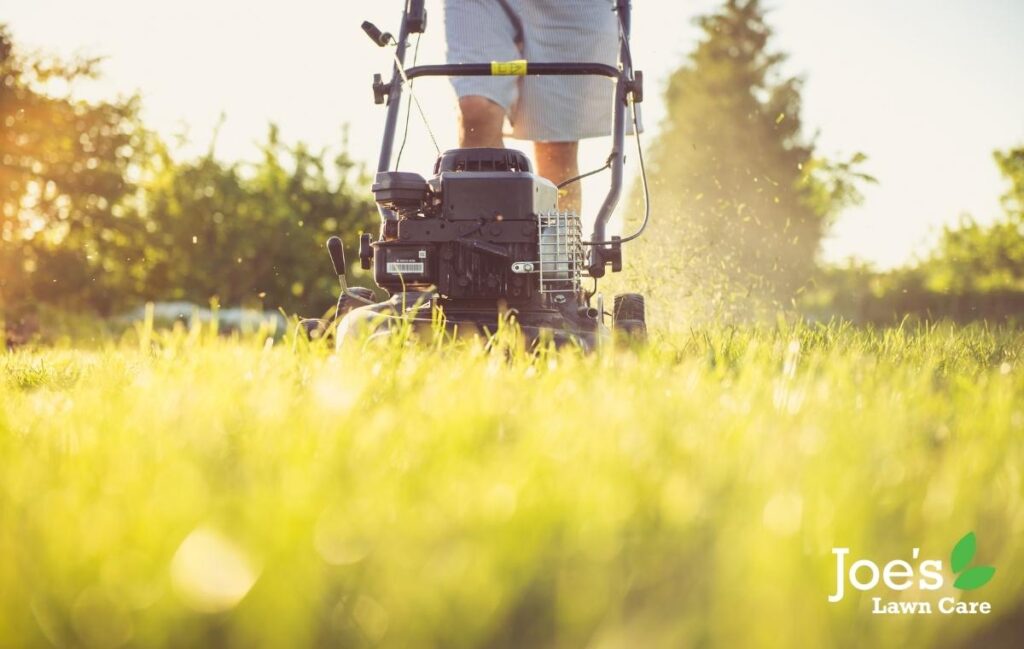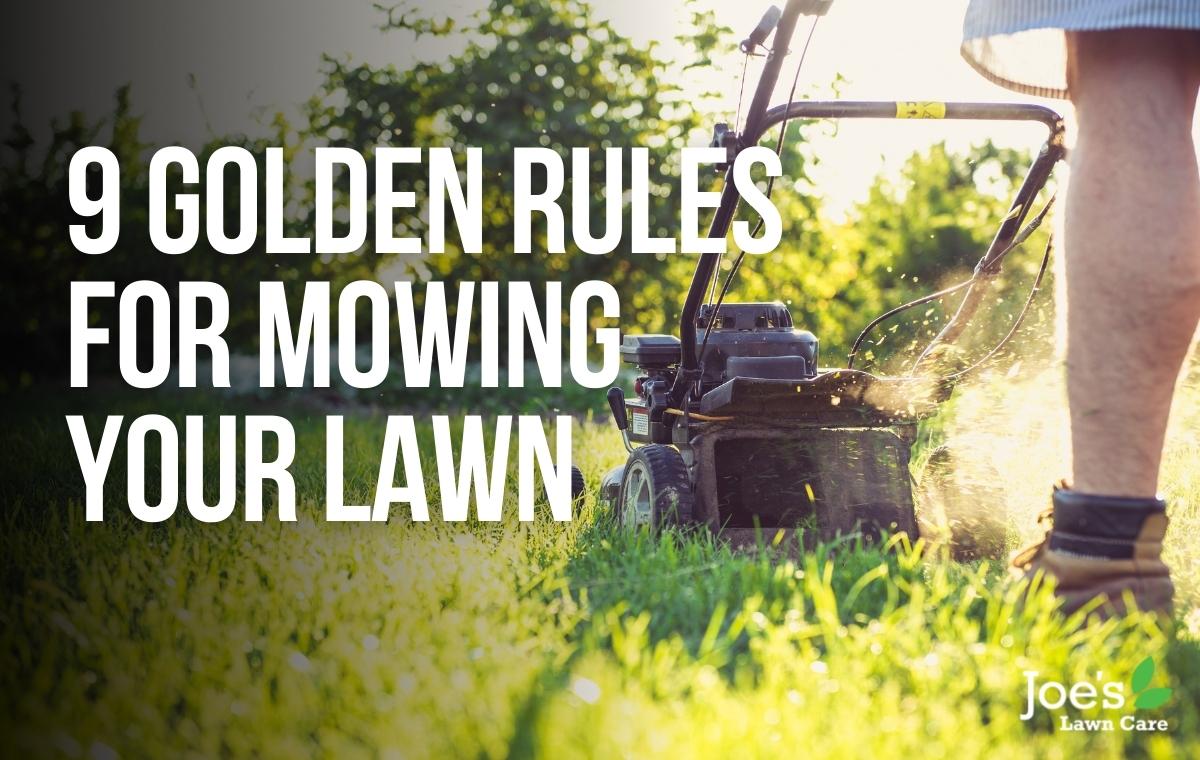9 Golden Rules For Mowing Your Lawn
As a teenager, no core memory compares to the first time you were handed the keys to your dad’s mower and given complete control over the grass cutting duties. The art of striping, the turning circle at the end of each length, getting as close as you could to the shrubs, trees and beds. Mowing the lawn was the ultimate thrill-ride. Especially when you compared it to the other chores. But whether you loved it or loathed it, mowing is an essential garden task from early-spring right the way through to late-autumn.
However, it’s not just about creating a good-looking patch of turf. Nope. Mowing is the key to a healthy lawn. For the simple fact that. Because each time you mow your lawn, it encourages the grass to grow thicker and healthier. That’s how to get the ultimate luxury looking lawn.
But here’s the best bit: the healthier and thicker your lawn grows, the more it will be able to crowd out any weeds, withstand any heatwaves, survive any flooding and become more hard-wearing in general. The trick is knowing how to mow your lawn correctly.
So without further ado, here are our 9 golden rules for mowing your lawn and becoming an expert mower:

Rule #1: Service Your Mower More
To get the best results and grow the healthiest lawn, you want to get your mower serviced at least once a year. Ideally before the start of each growing season with a focus on the blades. By doing this, your blades will be chip free and sharp enough to ensure a nice, clean, quality cut that will benefit your grass in the long run. Neglect this part of the job and you’ll find your blades tear your grass instead. It can damage your grass sward to the point that disease will begin to creep in. So make sure you have your mower serviced come spring and then clean out your mower’s deck at least once a month. This will help avoid any unwanted build-up of grass clippings.
Rule #2: Only Chop Off A Third
That’s right. The aim of the mowing game is to only reduce your lawn’s length by a ⅓ at any one time. So make sure you’ve set your mower deck to the optimal height in order to keep to this golden rule. We know this might mean mowing slightly more often, but if you decided to drop your mower’s height by any more than that, you’ll end up decreasing the health and vigour of your grass. You may even see brown patches appear. Trust us: no one wants brown patches.
Rule #3: Spring Needs A Fortnightly Mow
Come the start of mowing season, which is usually early-spring, you’ll find your lawn won’t need to be mowed quite as frequently as it won’t begin to grow at speed until the temperature warms up. Translation: you should only need to mow your lawn every other week (if that) until the warmth of late-spring starts to emerge.
Rule #4: Summer Needs Mowing Every Week
Yepp. The moment summer arrives and those temperatures start soaring, you and your mower are going to become best friends again. That’s if you want to keep to the ⅓ rule and keep your lawn looking super-neat. You may even find yourself doing a bi-weekly mow when the sunny weather’s in full flow.
Rule #5: Grass Height is Everything
Getting your lawn height just right is a balancing act between keeping your grass neat and allowing the blades to grow to a healthy length. Think of your lawn as an iceberg, if you will: while ⅕ is above ground, the other ⅘ are hiding below ground in the form of roots. The depth of those roots are a direct comparison of how long your grass is. Translation: the lower you mow, the more you reduce your root depth, which is bad for your lawn’s health. As for the ideal height, you want to try and keep your lawn between 3cm and 5cm, and longer in the shade.
Rule #6: Mow Your Lawn To Suit The Weather
Each season demands different mowing needs, so get into the habit of tweaking the height of your mower deck depending on the weather. That’s because the different conditions tend to mean different stress-levels for your lawn. For instance, your lawn will need some height in order to survive heat, drought, sudden freezes or even constant rainfall. As such, the best thing to do is raise the height of your mower blade at the beginning and end of the mowing season. And even more during any periods of drought and heat to allow any moisture to be retained by your grass plants.
Rule #7: Only Mow When It’s Dry
From getting an uneven cut to ripping your grass blades, rutting the soil to clumping your grass clippings, welcoming in fungal diseases to putting yourself at risk of something nasty. One of the biggest golden rules is to never cut your lawn when it’s wet. Instead, make sure you wait until the soil beneath is nice and dry before running a mower over your lawn.
Rule #8: Stay Clear of Newly Sown Areas
If you’ve recently laid down some new grass seed or have been filling in any bald spots with a spot of overseeding. Then make sure you corden these areas off. At least until the grass has grown to at least 4cm high. Once it has hit that height, feel free to run your mower over them as you tidy up the rest of your lawn. Remember not to take off more than ⅓ at any one time.
Rule #9: Compost Your Clippings
Believe it or not, all those grass cuttings that quickly fill up your catcher bag can actually be composted. All you need to do is mix them up with plenty of brown organic material, which contains a high level of carbon and will prevent your lovely compost pile from turning slimy. That said, you could also leave your grass clippings on your lawn throughout the summer. This can help shade your soil and thus retain more moisture when the temperature rises.
Thanks for reading our 9 golden rules for mowing your lawn. For more lawn care tips and tricks, follow us on Facebook and Instagram.





